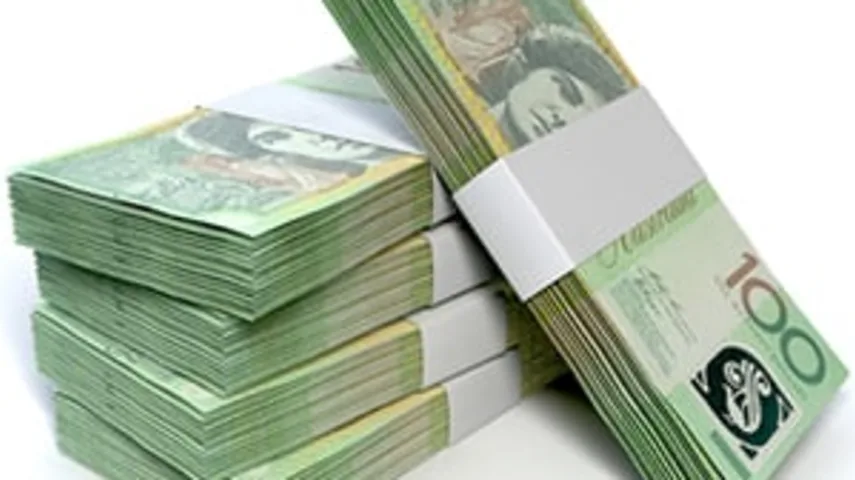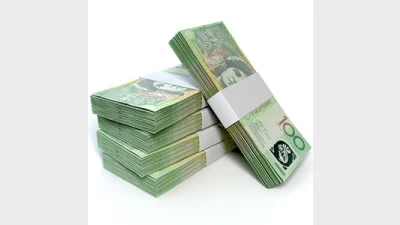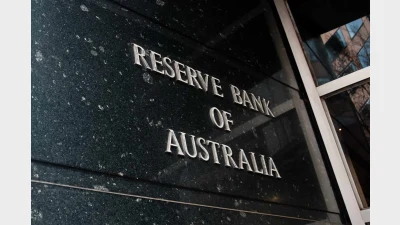Unconsolidated accounts mean unnecessary fees: ATO



Nearly half of all Australian workers have multiple superannuation accounts, and could be losing thousands in unnecessary fees every year, according to the Australian Taxation Office (ATO).
The ATO said 45 per cent of working members have more than one account, with Australian Prudential Regulation Authority figures showing they are paying $532 a year in fees and charges on average per account.
ATO assistant commissioner of super John Shepherd said there is $5.8 billion in unconsolidated accounts of people who have lost track of their accounts or have forgotten to update changed contact details in their fund.
The ATO is urging workers to consolidate accounts on the myGov online portal to save on fees.
"If you tried consolidating your super in the past and gave up frustrated, consider trying again," the ATO said.
Shepherd said more than 265,000 accounts with balances of $1.13 billion were consolidated in the six months to December 2014, with 17 accounts consolidated in one case.
"This is a rise of 400 per cent from the six months to December 2013 when 52,000 accounts worth more than $270 million were consolidated," Shepherd said.
Members should check any insurance cover with each fund as it will be cancelled when they close their accounts. They should also make sure super funds have their tax file number so they pay less tax, and so super accounts can be displayed online.
Recommended for you
The central bank has announced the official cash rate decision for its November monetary policy meeting.
Australia’s maturing superannuation system delivers higher balances, fewer duplicate accounts and growing female asset share, but gaps and adequacy challenges remain.
Global volatility and offshore exposure have driven super funds to build US-dollar liquidity buffers, a new BNY paper has found.
Less than two in five Australians are confident they will have sufficient assets to retire and almost three-quarters admit they need to pay greater attention to their balance, according to ART research.









